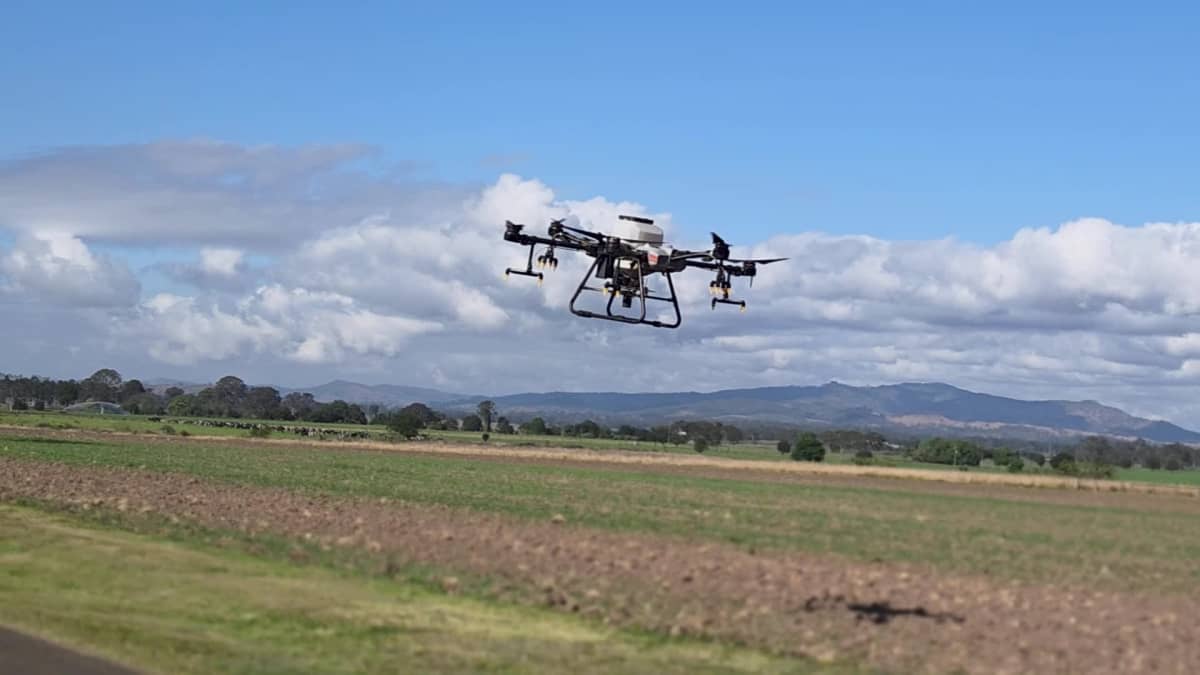The Queensland government is using drones and helicopters to combat fire ants in the state’s southeast.
As part of a $24 million plan to contain the pests, the government says its aerial control program will distribute two rounds of treatment across 106,000 hectares by mid-2026, and that eradication treatments will also be delivered year-round rather than seasonally.
“The aerial assault aims to reduce the number of fire ants within the containment lines to reduce the risk of ants from the suppression zone being moved to other parts of the state,” Queensland Primary Industries Minister Tony Perrett said.
“We have increased our chances of rapidly reducing fire ant densities by up to 70 percent and accelerating eradication efforts.
“The eradication effort has been enormous, but the Crisafulli government is doing more to try to not only hold the line, but reduce the entire footprint, and we are asking the federal government to join our suppression efforts.”
Invasive Species Council advocacy director Reece Pianta said the benefits of the program should be seen in the next 12 months, and nests in central Queensland have already been eradicated.
“Drones and helicopters are being used to treat large landowner locations…and that is a way to very efficiently, effectively and reliably destroy a large number of fire ant nests by effectively treating those nests with a product that prevents the formation of mature worker ants,” he said.
“So those fire ant nests will go extinct in a matter of a few weeks or a few months, and it’s a very effective and reliable way, because it destroys the nests that you can see and also takes care of the nests that haven’t been detected yet.”
According to Minister Perrett, the drones are an invaluable part of the treatment program.
“By being able to have aerial applications, and particularly with the help of drones, we can treat areas like this very successfully. Therefore, it is essential that we use all available methods to be able to treat them,” he said.
“Sometimes it can be from helicopters and the like, but drones in agriculture are becoming very common with respect to the application of certain chemicals and certain treatment methods.”
The Queensland government says the treatment “has been shown to be safe for people, pets and the environment” when used as directed by the Australian Pesticides and Veterinary Medicines Authority.



